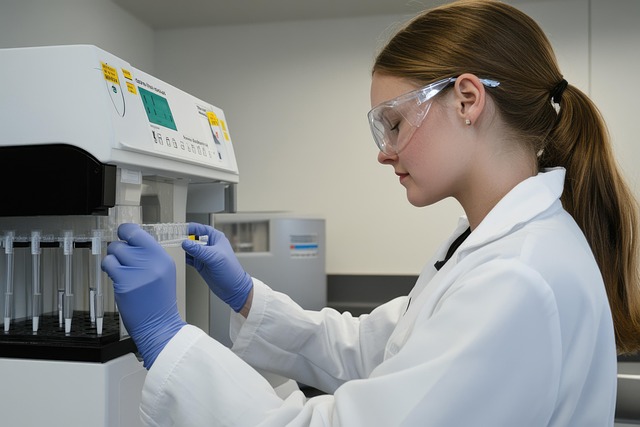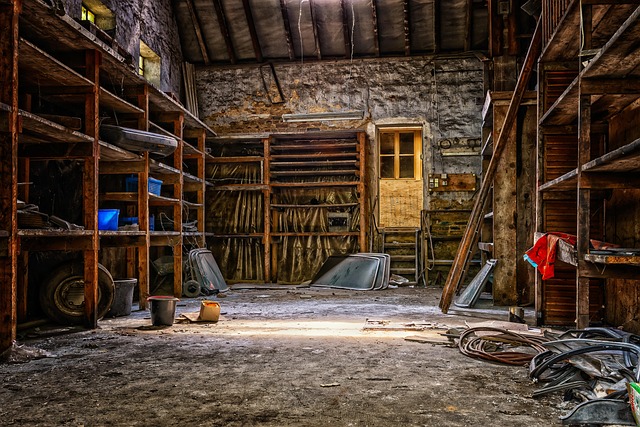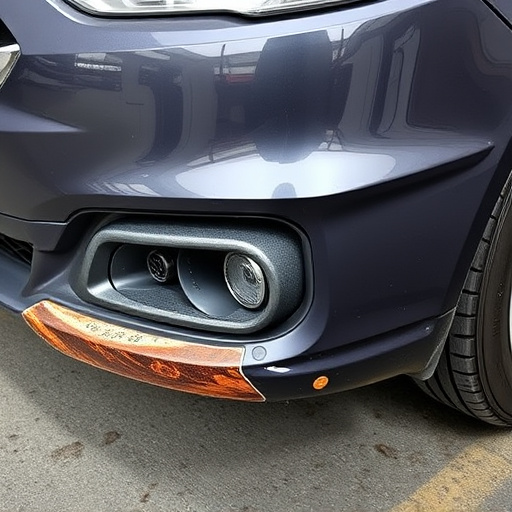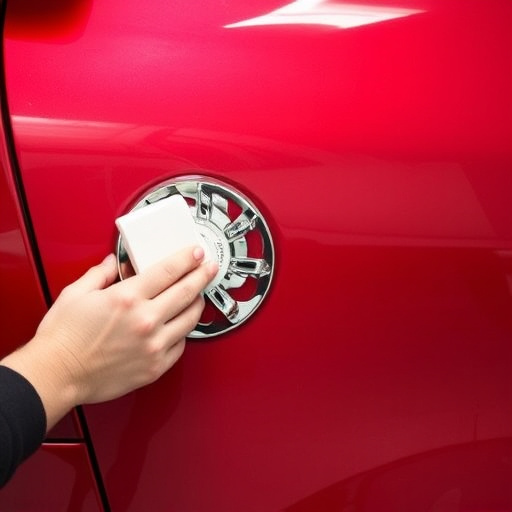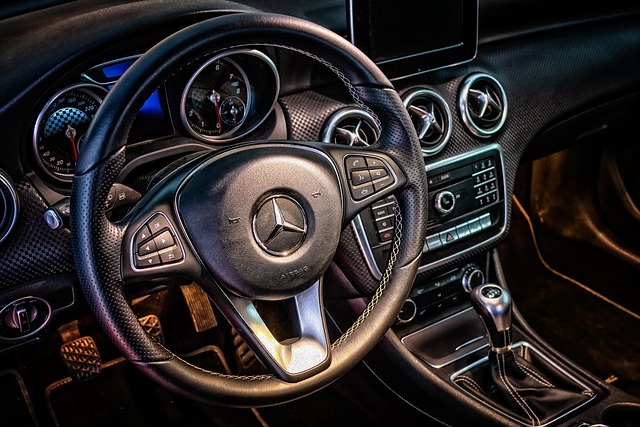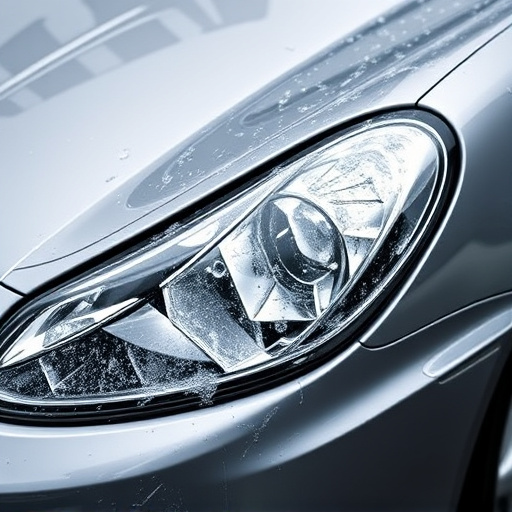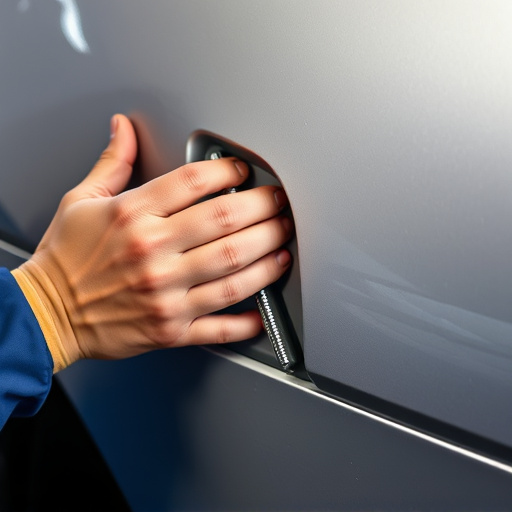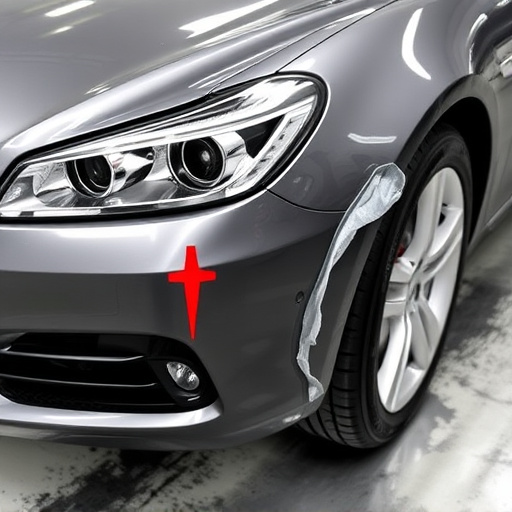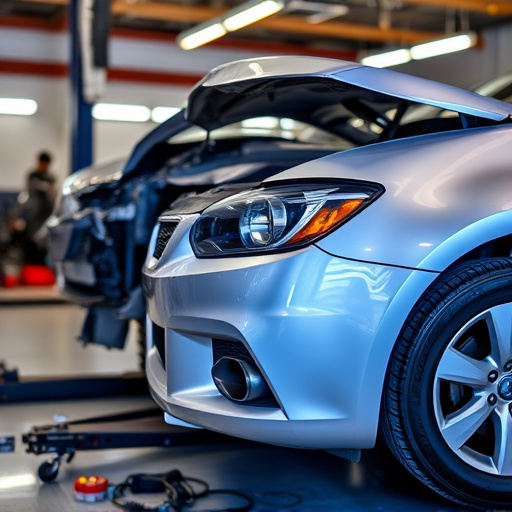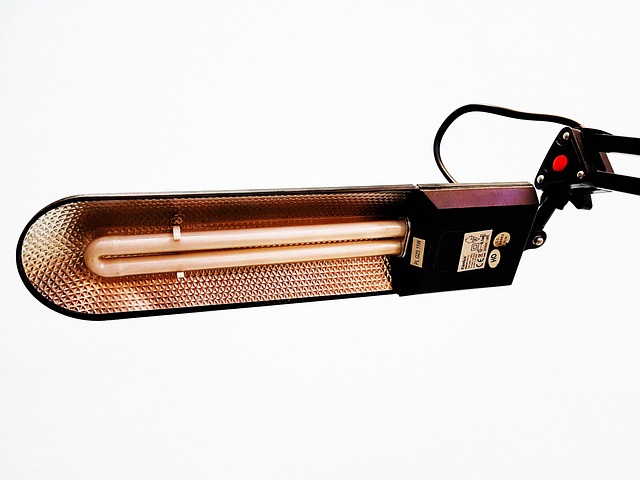Tesla ground clearance adjustments are vital for safety and performance, relying on sensors to measure underbody-to-surface distances. Accurate calibration using advanced technology prevents misalignments, uneven tire wear, and potential collisions. Environmental factors like weather and temperature impact adjustment accuracy, requiring controlled conditions for optimal results, especially during collision repair or routine services. Professional auto body shops equipped to handle Tesla's advanced technology ensure precise adjustments without damage.
Tesla’s advanced ground clearance technology plays a vital role in its vehicles’ performance and safety. This article delves into the factors that influence the accuracy of Tesla ground clearance adjustments, focusing on key sensors, calibration processes, and environmental impacts. Understanding these elements is crucial for maximizing vehicle stability and handling, especially during off-road conditions or low-clearance obstacles. By exploring these aspects, we aim to provide insights into achieving precise Tesla ground clearance adjustment.
- Tesla Ground Clearance Sensors: Key Components
- Calibration Process: Ensuring Precise Adjustments
- Environmental Factors Impacting Accuracy
Tesla Ground Clearance Sensors: Key Components
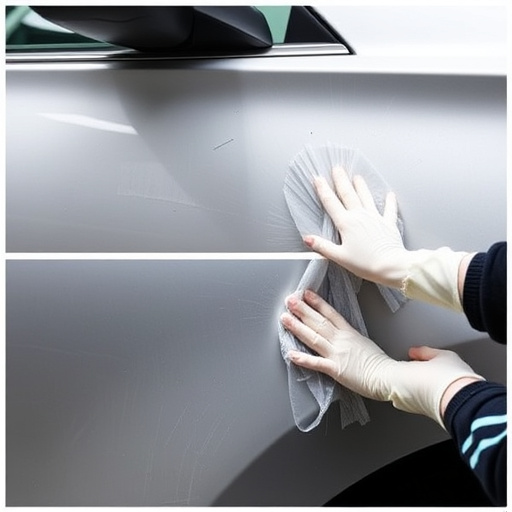
Tesla’s ground clearance sensors play a pivotal role in ensuring precise adjustments for optimal performance and safety. These key components are strategically placed beneath the vehicle to accurately measure the distance between the underbody and the surface, critical data used by the car’s computer systems to adjust various parameters like ride height and suspension settings. The sensors’ reliability is paramount; any malfunction can lead to inaccurate readings, impacting not just the ground clearance adjustment but also overall vehicle dynamics.
Maintaining these sensors in top condition is essential for owners looking to preserve their Tesla’s performance capabilities. Regular checks and replacements, when necessary, at a reputable auto body shop, are crucial steps. Unlike some vehicles where visual inspections might suffice, Teslas’ sensor locations, often hidden beneath protective shielding, may require specialized tools and expertise from professionals who understand not just vehicle mechanics but also the unique features of Tesla’s advanced technology, such as their auto painting and body repair processes, ensuring proper handling and minimal dents or damage during adjustments.
Calibration Process: Ensuring Precise Adjustments
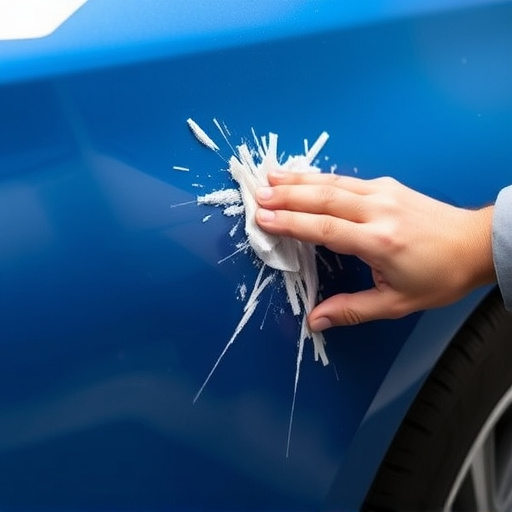
The accuracy of Tesla ground clearance adjustments heavily relies on a meticulous calibration process. This involves sophisticated sensor technology and advanced algorithms that precisely measure and map the vehicle’s underbody. Before any adjustments are made, these sensors meticulously scan the car’s underside, accounting for every contour and curve. This initial step ensures that any subsequent modifications are based on exacting data, preventing misalignments or imbalances.
Proper calibration is crucial to avoid issues like uneven wear on tires, unexpected handling problems, or even more severe consequences like car collision repair. It’s akin to fine-tuning a machine, where every component needs to be perfectly aligned for optimal performance. This meticulous approach not only enhances the vehicle’s aesthetic appeal but also contributes to its long-term structural integrity, preventing issues that might require costly mercedes benz repair or other car dent removal services down the line.
Environmental Factors Impacting Accuracy
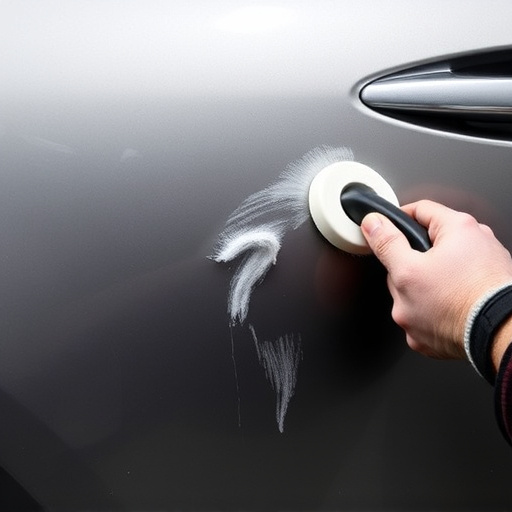
Environmental factors play a significant role in determining the accuracy of Tesla ground clearance adjustment. Extreme weather conditions, such as heavy rain or snow, can alter the weight and shape of vehicles, affecting their overall alignment. These conditions may lead to misalignment issues that impact the precision of adjustments made during maintenance or repair processes, like those performed at an automotive body shop or during car body restoration.
Temperature fluctuations are another critical factor. As metal expands and contracts with heat changes, it can cause slight variations in vehicle geometry. This is particularly relevant for electric vehicles like Teslas, where battery packs can be significant sources of thermal expansion. Such environmental influences underscore the importance of performing Tesla ground clearance adjustments under controlled conditions to ensure optimal accuracy during collision repair or routine maintenance services.
Accurately adjusting Tesla’s ground clearance is paramount for optimal performance and safety. By understanding the key components of their sensors, the meticulous calibration process, and the environmental factors that can impact precision, owners can ensure their vehicles maintain the ideal height. This knowledge empowers folks to navigate various terrains with confidence, knowing their Tesla’s ground clearance adjustment remains precise and reliable.
